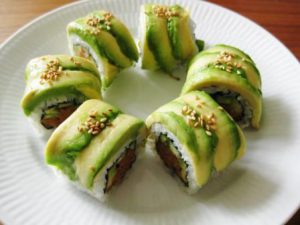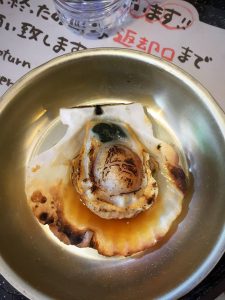 In Japan, Japanese children learn from a very young age how to find inner peace and cultivate mindfulness.
In Japan, Japanese children learn from a very young age how to find inner peace and cultivate mindfulness.
In Japan, there are many Japanese children who practice the martial art kendo. It used as a children’s education. Through the martial arts kendo the children learn how to show consideration, respect, strengthen the mind, find peace within and be present in the moment. As an adult the children will benefit later from that when they make a career in a hectic cities such as Tokyo.
Since children have learned to find inner peace and balance at an early age it will be easier for them to navigate in a world that is becoming more and more interchangeable. They will be able to handle the unexpected circumstances with greater strength.
Read more about Sushi chef & sake sommelier Zoë Escher
_
Zoë has held sushi courses and cooking classes for A. P. Moller – Maersk, Hugo Boss Nordic, Novo Nordisk, Novartis, Velux, Gorrissen Federspiel, Beierholm revision, Elbek & Vejrup and many more.











